
ARTHUR RACKHAM, 1867 to 1939

Arthur Rackham, a prolific English book illustrator, is, in my mind, the best of the fairy painters.
The following information was taken from "Been Publishing, I'm Back" (www.bpib.com)
Rackham was one of 12 children, born in London into a Victorian age that he perpetuated and documented by way of his art. At the age of 18, he began working as a clerk at the Westminster Fire Office and studied art at the Lambeth School of Art in his spare time. In 1892 he quit his job and started working as a newspaper reporter and illustrator. His first book illustrations were published in 1893. Book illustrating then became Rackham's career for the rest of his life.
In 1903, he married Edyth Starkie, with whom he had one daughter, Barbara, in 1908. Rackham was an internationally recognized artist. His works were included in numerous exhibitions, including one at the Louvre in Paris in 1914.
Major works of illustration by Arthur Rackham include the children's books Fairy Tales of the Brothers Grimm (1900), Rip van Winkle (1905), Peter Pan in Kensington Gardens (1906), and Alice's Adventures in Wonderland (1907). While he may be best known for his elaborate illustrations of children's literature and fairy tales, he also illustrated books for adult readers, including A Midsummer Night's Dream (1908), Undine (1909) and The Tempest (1926).

Rackham's early work showed facility but little else. The humor and romance and soul that were to make him the premier illustrator of the early twentieth century had not manifested themselves yet.
But, he was developing a style that was not only his own, but was to influence a generation of children and artists. The roots of the style were surely evident in many of the books listed above, but the flowering took place in 1905 in Rackham's first major book, a stunning edition of the old Washington Irving classic, Rip Van Winkle.

The 51 color plates in Rip Van Winkle featured all of the traits that were soon to be as famous as his signature: a sinuous pen line softened with muted water color; forests of looming, frightening trees with grasping roots; sensuous, but somehow chaste, fairy maidens; ogres and trolls ugly enough to repulse but with sufficient good nature not to frighten; and backgrounds filled with little nuggets of hidden images or surprising animated animals or trees.

Rackham's drawings are filled with calm and good humor. They seem imbued with a gentle joy that must have been reassuring to both the children and their parents. Rackham had found his niche. His drawings would convey a non-threatening yet fearful thrill and a beauty that was in no way overtly sexy or lewd. It was a perfect Victorian solution and he seems to have taken to it with an impish delight.

Rackham never lost the joy and sense of wonderment and he never gave in to the baser styles that fell in and out of favor over the years. From Queen Victoria's death in 1901 to the start of World War I, Rackham's illustrations preserved a lifestyle and a sensibility that kept the frighteningly modern future at bay. Even into the 1920s and 1930s, his art was a constant reminder of those aspects of innocence that had been left behind. He always kept his gentle humor and his Wind in the Willows, published posthumously in 1940, is as much a children's classic as his Peter Pan.











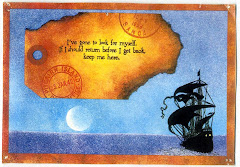














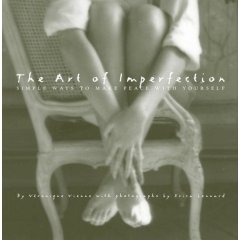
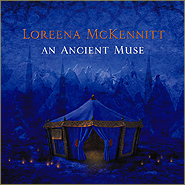

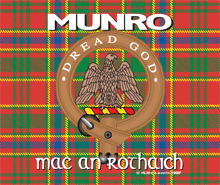
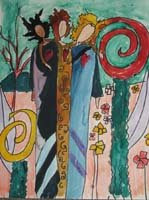
9 comments:
You know, they are timeless.
You write so very well, my friend!
Huggles
Hi, Kim,
Sadly, I cannot take credit for the fine writing in this post. I took it from the web. I don't know the writer's name but I listed the website.
Hi Julie! I'll be back to read this more slowly later. His illustrations are magical!
His art is awesome.
Thanks for the beautiful card too Julie!
tea
xo
His work truly is wonderful and magical.
I love your Fairey History Lessons. And HEY, is the banner temporary and the new YOU???
His work is wonderful….
Thank you for taking the time and providing all
this information…great post.
Louise
Arthur Rackham is a wonderful illustrator isn't he? The drawings are so delicate and ethereal and the fairies all have such lovely faces.
Arthur Rackham's art is incredible. Fascinating to hear his history, thanks for posting that. ;)
Post a Comment